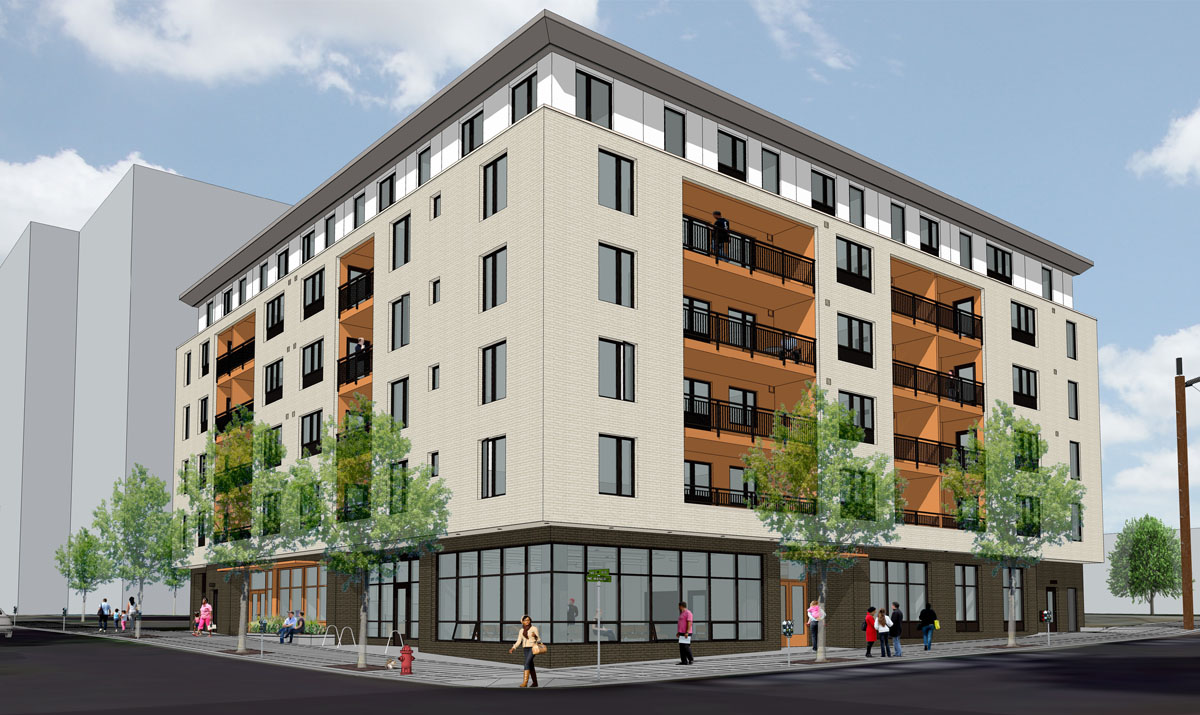
29 Jan LOW INCOME HOUSING TAX CREDITS CREPN #30
Low Income Housing Tax Credits are the funding mechanism for Affordable Housing. Since the 2008 housing crash, the demand for rental housing has exploded. The demand has pushed rents to multiple year over year double digit increases in many markets. Investors and market analyst remain optimistic that for the near future, these trends will continue, as new units are absorbed as soon as they are made available. [x_audio_embed][/x_audio_embed] Increased rents and stagnant wage growth leads to a problem of affordability for many renters, and a separate conversation about Affordable Housing, what it is and how it works. In my effort to better understand what Affordable Housing, I reached out to experts in Low Income Housing Tax Credits (LIHTC), Nicolo Pinoli & Warren Sebra of Novogradac & Company. There are multiple roads to take when discussing Affordable Housing and Low Income Housing Tax Credits. We touched on:
- Funding the development through the LIHTC program
- There are two versions: 4% and 9%; our conversation focuses on the 9% program
- Operation of Affordable Housing
- Professional Management for Record Keeping
- Who is eligible to rent?
- Only those earning a maximum percentage of the Area Median Income.
- How the rents are determined?
- A calculation of 30%, of the tenant’s income
- The numbers associated with a sample development of a 50 unit project including:
- Cost to develop
- Available Tax Credits
- Net Funds Needed
- Benefit and Obligation of LIHTC
- 10 years of tax credits
- 15 years of obligation
- 30+ years of obligation
- What happens at year 15
- The marketplace and opportunities to buy and sell LIHTC Properties
- Appearance of Affordable Housing: Most newly developed Low Income Housing is impossible to differentiate from market rates properties.
- Three key ways that LIHTC properties fail to meet the requirements to maintain the Tax Credits and create a recapture problem including these key areas:
- RENT; Charging more than the allowable maximum rent for a unit
- TENANT INCOME LIMITS: Documenting tenants income when first rented
- HABITABILITY: Failure to maintain the units for residents to live in, including a local disaster..

